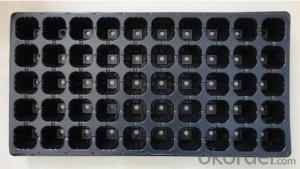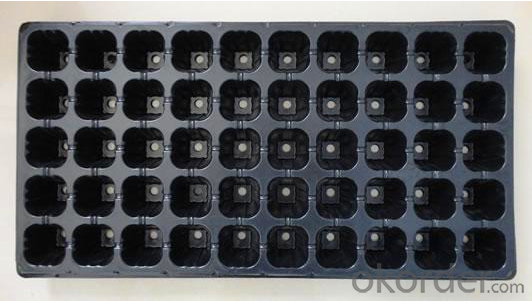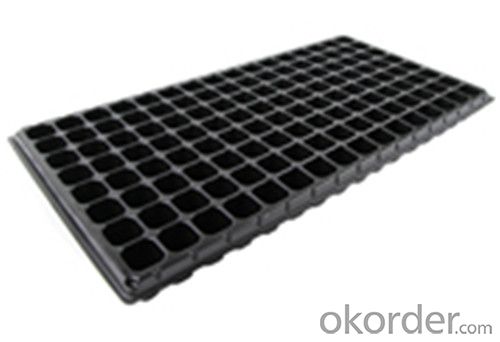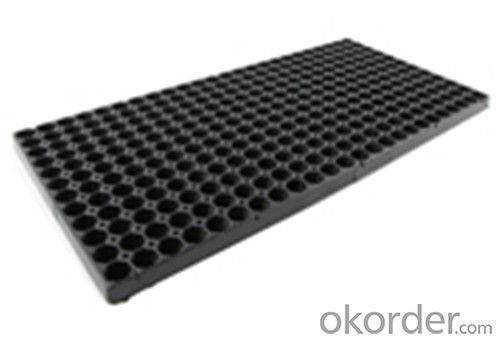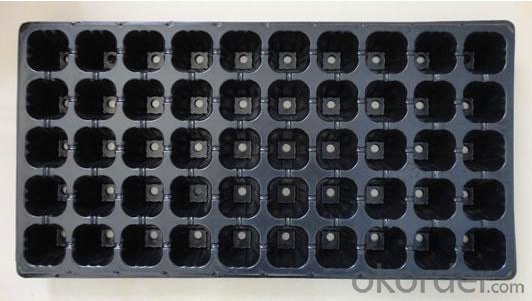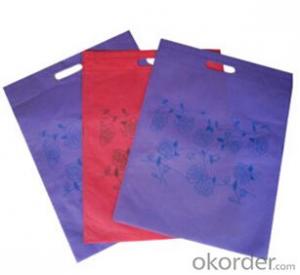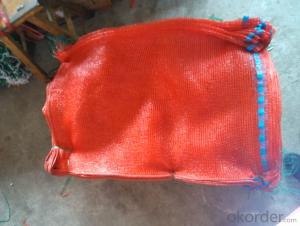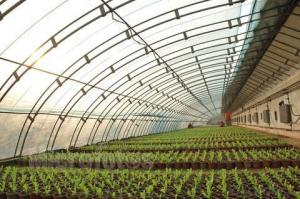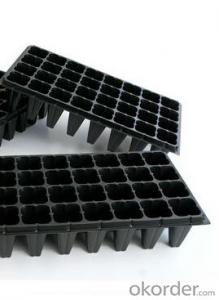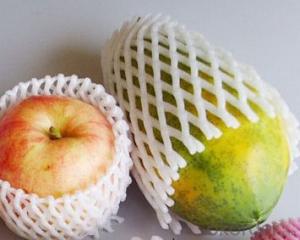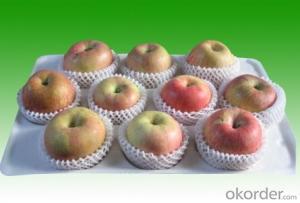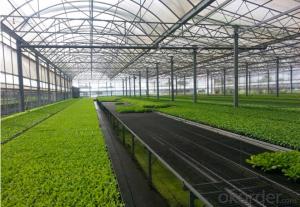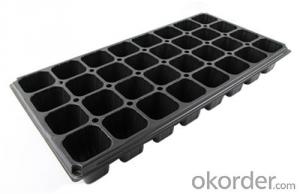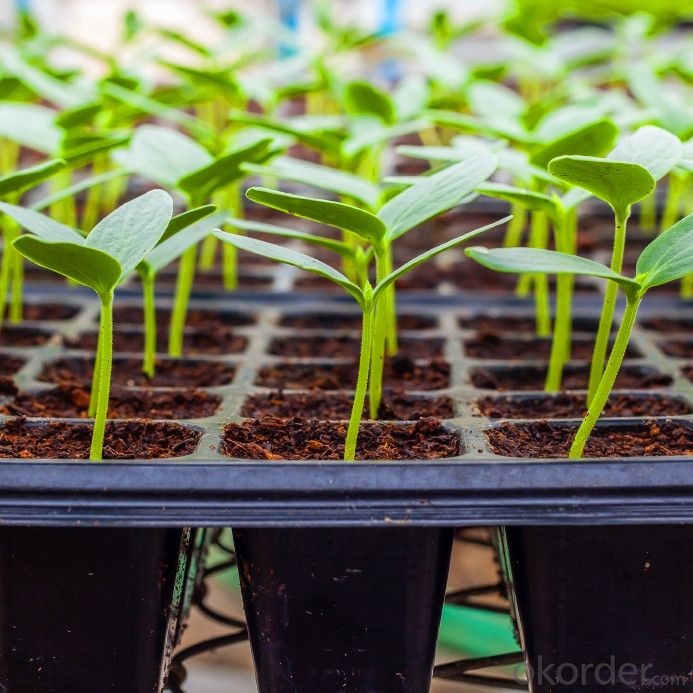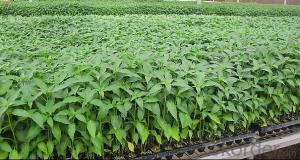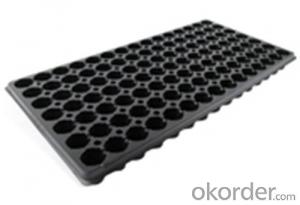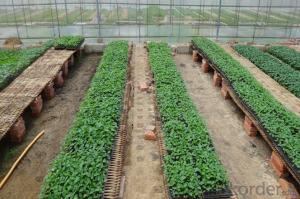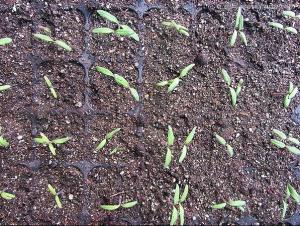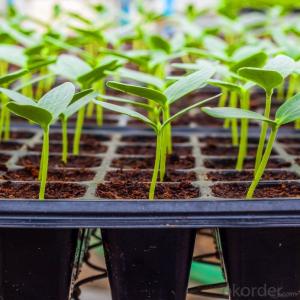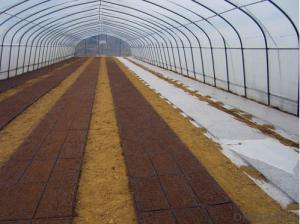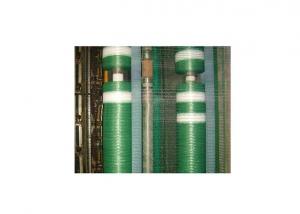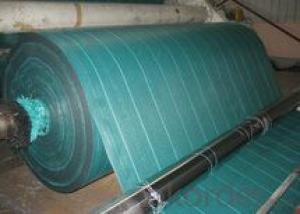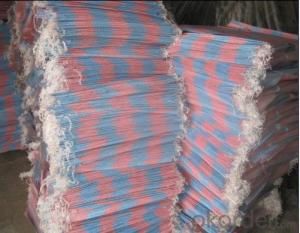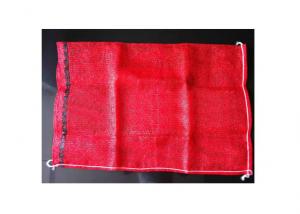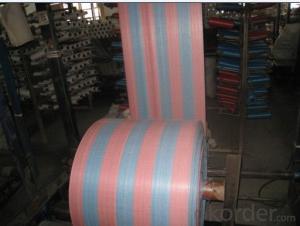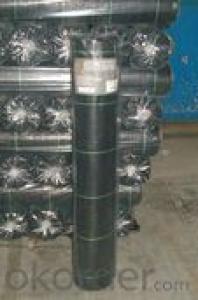Plastic Growing Plastic Seed Tray/Plastic Seedling Tray
- Loading Port:
- China main port
- Payment Terms:
- TT OR LC
- Min Order Qty:
- 1000 pc
- Supply Capability:
- 10000000 pc/month
OKorder Service Pledge
OKorder Financial Service
You Might Also Like
Structure of the seed tray: · Top quality and competitive price. · Variety design and good appearance. · Easy to use, and remove. · Durable and reusable. · Eco-Friendly.
Advantages: · Top quality and competitive price. · Variety design and good appearance. · Easy to use, and remove. · Durable and reusable. · Eco-Friendly.
Application: · Ideal for Starting seeds and Transplanting Seedling. · Suitable for both manual and automatic planting. · Suitable for Propagating Vegetables, Flowers and other plant from seed · in green-house or indoors.
Description Main Features of the seed tray: · Ideal for Starting seeds and Transplanting Seedling. · Suitable for both manual and automatic planting. · Suitable for Propagating Vegetables, Flowers and other plant from seed in green-house or indoors. Using time: · thickness of 0.5mm can be used 1 to 2 times. · thickness of 0.6mm can be used 3 to 4 times. · thickness of 0.7mm can be used 5 to 6 times. · thickness of 0.8mm can be used 7 to 8 times. · thickness of 0.9mm can be used 8 to 9 times. · thickness of 1.0mm can be used 8 to 10 times. Thickness vs. Weight: · Thickness of trays are from 0.5mm to 1.0mm. · 1.0mm: 155g±5g; 100pcs/ctn. · 0.9mm: 140g±5g; 120pcs/ctn. · 0.7mm: 110g±5g; 150pcs/ctn. · 0.6mm: 95g±5g; 180pcs/ctn. · 0.5mm: 80g±5g; 200pcs/ctn.
Seed Tray Specification: Materialps/pvcThickness0.5mm-1.5mm, standard:1mmWeight80g(±5)g-230g(±5)g, Standard weight:155g(±5)gSizelength:490mm-540mm, width:190mm-345mm,depth:25mm-150mm Standard:54mmX28mmCell count18-512Packagein cartonUsing time8-10 times
FAQ: Q:How Can I Get A Sample? A:You can get samples by communicate with our export sales. Q:How Long Is Delivery? A:Delivery time will be 7-25 days according to order quantity. Q:What Is The MOQ? A:Our MOQ is 1*20FT container quantity, allow to mix several items. Q:What Is Our Normal Payments Terms? A:Our normal payment terms now is T/T, L/C or Western Union,Papal. Q:How Do I Order Your Products? A:You can check our website for any items you interest and you can also get communication with our export sales and order for it accordingly. Q:What Kinds Of Material We Use In Our Product? A:Our plastic flower pots use material such as PP polymer or PE polymer.
|
- Q: How do I prevent ground cover from spreading into my lawn?
- There are a few effective ways to prevent ground cover from spreading into your lawn. Firstly, creating a physical barrier such as installing edging or borders can help keep ground cover contained. Secondly, regular and proper lawn maintenance, including regular mowing and trimming, can help discourage ground cover from spreading. Additionally, applying a selective herbicide specifically designed for ground cover can be effective in preventing its growth and spread into the lawn.
- Q: What are the different types of agricultural plastic trays?
- There are several different types of agricultural plastic trays, including seedling trays, nursery trays, propagation trays, and plant pots. These trays are used for various purposes in agriculture, such as germinating seeds, growing seedlings, propagating plants, and housing potted plants. Each type of tray is designed to provide optimal growing conditions for different stages of plant growth, allowing farmers and gardeners to efficiently cultivate and transport their crops.
- Q: Are nursery trays suitable for starting succulent seeds?
- No, nursery trays are typically not suitable for starting succulent seeds. Succulents have different germination requirements, such as a well-draining soil mix and controlled moisture levels. Nursery trays may not provide the necessary conditions for succulent seed germination and growth. It is recommended to use specialized succulent seed-starting trays or shallow containers with suitable soil mix to ensure successful germination and healthy seedlings.
- Q: How do plastic drip irrigation tapes conserve water?
- Plastic drip irrigation tapes conserve water by delivering water directly to the root zone of plants, minimizing evaporation and runoff.
- Q: Are nursery trays suitable for growing shade-tolerant plants?
- Yes, nursery trays can be suitable for growing shade-tolerant plants. Most nursery trays provide a controlled environment for seedlings or young plants, allowing them to develop roots and grow before being transplanted. Shade-tolerant plants thrive in low-light conditions, and nursery trays can provide the necessary shade to promote their growth. However, it is important to consider factors like water drainage and proper care to ensure the success of shade-tolerant plants in nursery trays.
- Q: Are agricultural plastic products resistant to plant viruses?
- No, agricultural plastic products are not inherently resistant to plant viruses.
- Q: What are the possible substitutes for agricultural plastic mulch?
- <p>Yes, there are several alternative materials that can be used instead of agricultural plastic mulch. These include biodegradable mulches such as paper, straw, and wood chips, which decompose naturally and enrich the soil. Organic mulches like compost or coco coir can also be used for their soil conditioning benefits. Additionally, some farmers use landscape fabric, which is a permeable fabric that allows water to pass through while suppressing weeds. Another alternative is to use mulches made from recycled materials, which can help reduce waste. It's important to consider the specific needs of the crop and the local environment when choosing an alternative to plastic mulch.</p>
- Q: I notice that when a plastic fork is thrown into a fire it first melts, and then begins to combust into a black smoke. Exactly what chemicals are in this black smoke (and the other smokes that it produces) and which are harmful to humans?
- Plastics are derived from petroleum and they burn a lot like petroleum too. The black smoke is mainly carbon, formed because the flame did not have enough oxygen to burn the carbon completely. If you take the burning plastic outside on a calm night and hold another flame in the carbon, you might see it light up the entire length of soot. Diesel fuel is similar in composition to plastic and therefore has similar combustion properties. Therefore most of the carbon formed when plastic burns incompletely is related to diesel particulate in the air.
- Q: How do you choose the right ground cover for a specific light requirement?
- To choose the right ground cover for a specific light requirement, it is important to consider the amount of sunlight the area receives. First, determine if the site is in full sun, partial shade, or full shade. Then, research ground cover options that thrive in that specific light condition. For full sun areas, select ground covers like creeping thyme or sedum. In partial shade, consider plants like hostas or ferns. And for full shade areas, choose ground covers such as vinca or pachysandra. Ultimately, understanding the light requirements of the site and matching it with suitable ground cover options will help in making the right choice.
- Q: Can ground cover be used to create a natural lawn alternative?
- Yes, ground cover can be used to create a natural lawn alternative. Ground cover plants such as clover, creeping thyme, or moss can provide a low-maintenance and environmentally-friendly option to replace traditional lawns. These plants require less water, mowing, and chemical inputs, while still providing a green and attractive ground surface. Additionally, ground cover can help control erosion, filter rainwater, and support biodiversity, making it a sustainable choice for a natural lawn alternative.
Send your message to us
Plastic Growing Plastic Seed Tray/Plastic Seedling Tray
- Loading Port:
- China main port
- Payment Terms:
- TT OR LC
- Min Order Qty:
- 1000 pc
- Supply Capability:
- 10000000 pc/month
OKorder Service Pledge
OKorder Financial Service
Similar products
Hot products
Hot Searches
Related keywords
